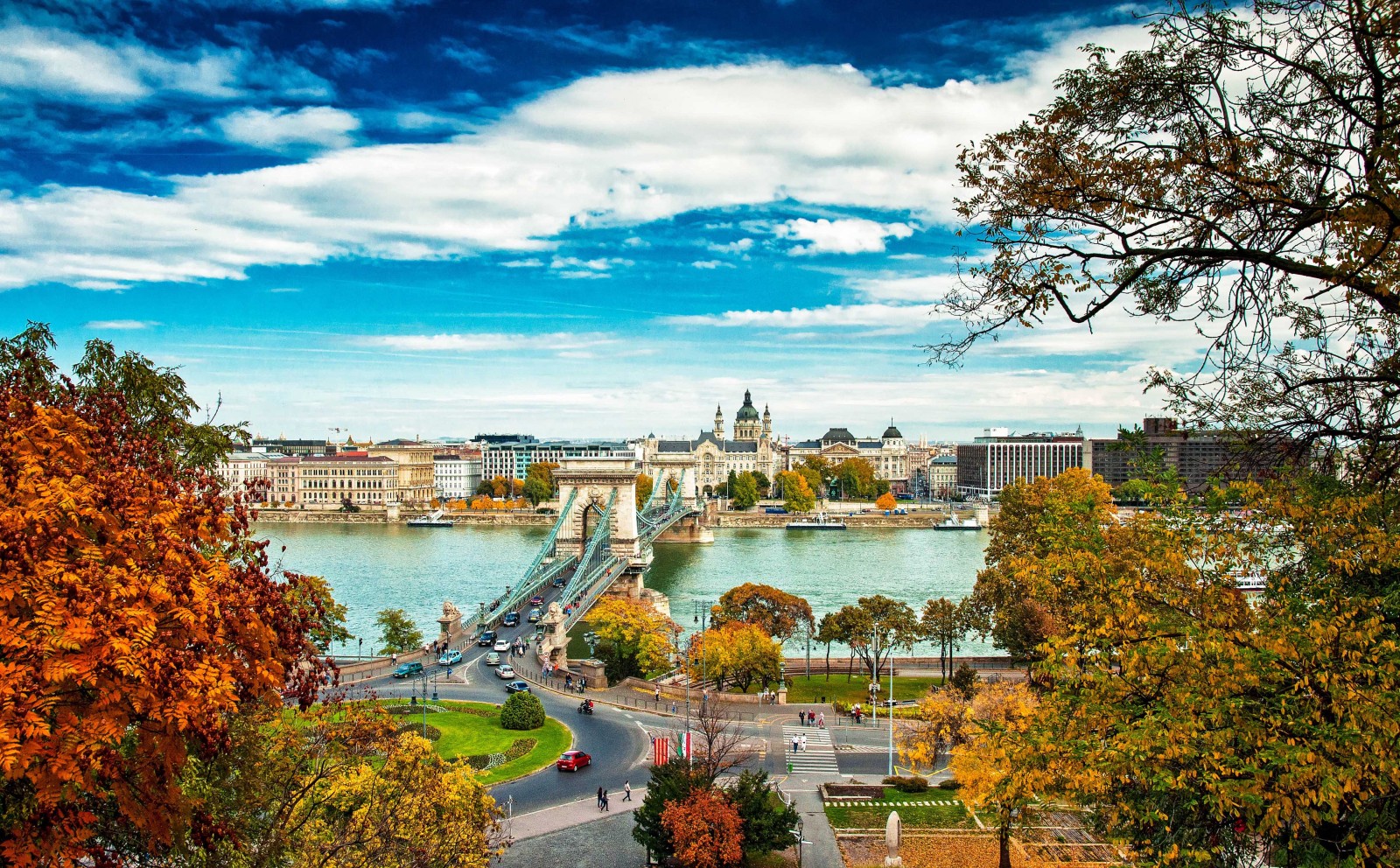Tisza River

Nestled within the heart of Central Europe, the Tisza River flows as more than just a body of water. It serves as a living testament to the region’s cultural heritage, weaving together tales of ancient civilizations, vibrant traditions, and artistic inspiration. In this comprehensive exploration, we delve into why the Tisza River holds such profound cultural importance, uncovering the myriad ways in which it has shaped the identity of the lands through which it meanders.
Introduction:
The Tisza River: A Cultural Jewel of Central Europe
Beyond its shimmering waters and tranquil landscapes, the Tisza River holds a treasure trove of cultural significance. For centuries, this majestic waterway has served as a lifeline for communities, a source of inspiration for artists, and a symbol of heritage and tradition. Join us as we embark on a journey to unravel the cultural tapestry of the Tisza, exploring the rich history and profound importance that make it a cultural jewel of Central Europe.
I. Historical Foundations: Tracing Centuries of Cultural Heritage
1. Ancient Civilizations: Cradle of Human Endeavor
The banks of the Tisza River bear witness to the footsteps of ancient civilizations that flourished along its shores. From the Neolithic settlements of the Vinča and Starčevo cultures to the Roman fortifications and medieval kingdoms, the Tisza region has been a crucible of human endeavor and cultural exchange for millennia.
2. Crossroads of Cultures: A Melting Pot of Traditions
Throughout history, the Tisza River has served as a crossroads where diverse cultures converged, exchanged ideas, and forged new traditions. Hungarian, Serbian, Romanian, and other ethnic groups have coexisted along the riverbanks, each contributing to the rich tapestry of cultural diversity that defines the region.
II. Natural Inspiration: The Tisza in Art and Literature
1. Capturing the Essence: Artists Along the Tisza
For centuries, the scenic beauty of the Tisza River has inspired artists to capture its essence on canvas, in literature, and through music. Painters such as Pál Szinyei Merse and writers like Mihály Babits have immortalized the river’s tranquil waters and picturesque landscapes, contributing to its cultural legacy.
2. Folklore and Mythology: Tales of the Tisza
The Tisza River is steeped in folklore and mythology, with stories passed down through generations that speak of nymphs, river spirits, and mythical creatures that inhabit its waters. These tales not only entertain but also serve to preserve the cultural heritage of the communities along the Tisza.
III. Cultural Traditions: Celebrating Heritage Along the Tisza
1. Festivals and Events: A Calendar of Cultural Celebrations
From traditional folk festivals to religious ceremonies, the Tisza River region boasts a vibrant calendar of cultural events that celebrate its rich heritage. Whether it’s the Szeged Open-Air Festival in Hungary or the Fishermen’s Days in Novi Sad, these gatherings provide opportunities for locals and visitors alike to experience the cultural richness of the Tisza.
2. Culinary Delights: Flavors of the Tisza
The culinary traditions of the Tisza River region reflect its cultural diversity and agricultural abundance. From hearty Hungarian goulash to savory Serbian rakija, the flavors of the Tisza tantalize the taste buds and offer a gastronomic journey through Central European cuisine.
IV. Architectural Heritage: Treasures Along the Riverbanks
1. Castles and Fortresses: Guardians of History
The Tisza is dotted with ancient castles, fortresses, and historic landmarks that stand as guardians of history. These architectural treasures, such as the Petrovaradin Fortress in Serbia and the Boldogkő Castle in Hungary, offer glimpses into the region’s storied past and architectural heritage.
2. Village Charm: Preserving Traditional Architecture
Quaint villages and towns nestled along the Tisza River boast charming architecture that reflects centuries of history and tradition. From wooden churches to colorful facades, these picturesque settlements transport visitors back in time and evoke a sense of nostalgia for simpler days.
V. Environmental Conservation: Safeguarding Cultural Heritage
1. Preserving the Ecsystem: Balancing Nature and Culture
Environmental conservation plays a crucial role in safeguarding the cultural heritage of the Tisza region. Efforts to protect the river’s ecosystem, restore wetlands, and mitigate pollution ensure that future generations can continue to enjoy the cultural riches and natural beauty of the Tisza. It is a part of the Danube River watershed.
2. Sustainable Tourism: Promoting Responsible Travel
Promoting sustainable tourism practices is essential for preserving the cultural integrity of the Tisza River region. Responsible travelers can support local communities, minimize their environmental impact, and contribute to the preservation of cultural heritage sites along the Tisza.
Conclusion: Embracing the Cultural Legacy of the Tisza
As we conclude our exploration of the cultural importance of the Tisza River, we are reminded of its profound impact on the identity and heritage of Central Europe. From ancient civilizations to modern-day traditions, the Tisza continues to inspire, enrich, and unite communities along its storied shores. Let us cherish and celebrate the cultural legacy of the Tisza, ensuring that its timeless beauty and cultural significance endure for generations to come.
Know More about the Tisza River.
What are The Religious Places of the Tisza River?
When Did The Tisza River Basin Become a Focus?
Where is The Tisza River Located?
Who Were The Key Historical Figures and Civilizations of The Tisza River?
How to Reach Tisza River?




